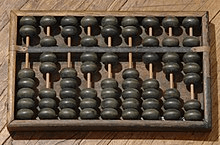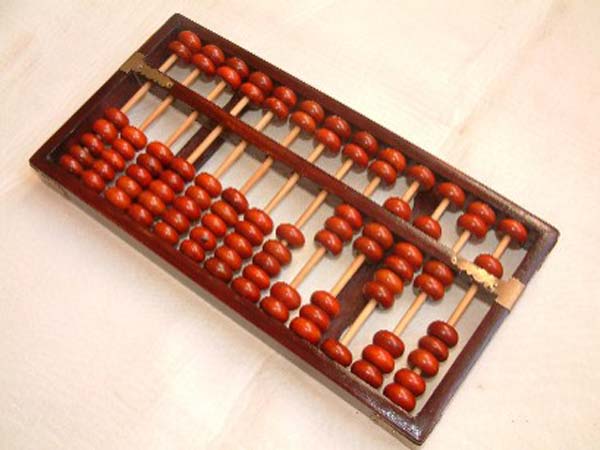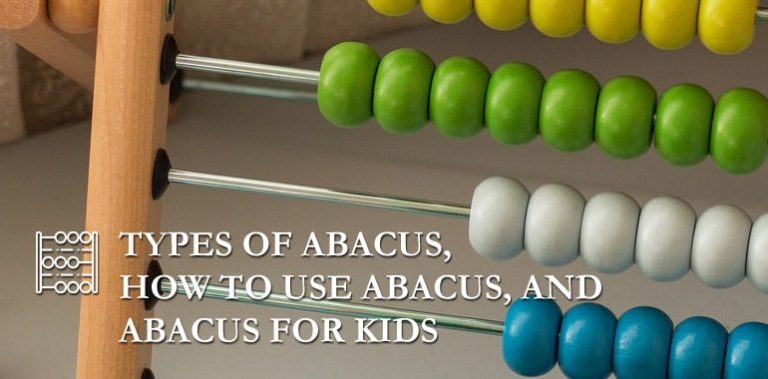
That’s mainly because the base isn’t clear. Mathematics is looked upon as a source of trouble by many students. Although in this digital world, we have a number of apps and games that serve this purpose to the best possible extent sometimes the traditional methods are the simplest and the best. So you see that learning basic operational arithmetic through abacus has many benefits.
Provides students with a solid base for basic operational arithmetic including addition, subtraction, multiplication, and division. It helps the students improve their memory and sharpens their overall mentality. Makes math useful, meaningful, and fun. Improves reading and writing capabilities. Strengthens mental visualization abilities. It provides a clearer logical comprehensibility of basic operational arithmetic to students. Sharpens observance and concentration in students. Improves critical problem-solving abilities in students. Increases the student’s endurance for pressure and stress. Capable of boosting better and faster calculation skills,. The modern abacus has several benefits such as: The Russian abacus started losing its popularity after the mass manufacturing of micro calculators in 1974.īefore we start this discussion, we would like to inform you of the fact that in this column, we’ll be talking about modern abacuses on the whole. The Russian abacus was a cheap, simple, and reliable device used for all commercial purposes. This abacus is often used vertically like a book from left to right. 
The Russian abacus is also known as the “schoty.” It commonly has a single slanted deck, a bit like this one here. Refer to the image below to get a clear idea of its appearance. The soroban had an odd number of rods each having 5 beads. How Playing Creates Happiness to your Child With more sophisticated techniques, suanpans can be used to do various operational arithmetic involving additions, subtractions, multiplications, divisions, square roots, etc. They can be used to count quantities as per requirement. You can refer to the image of the suanpan below to get a clear idea of its appearance. The counting of beads was done by moving the beads up and down as per requirement. The beads were usually rounded and were generally made of a hardwood.

The bottom half usually had 5 beads that were mainly used for decimal and hexadecimal computation. Each rod in the upper deck used to have 2 beads. The Chinese abacus mainly came with more than 7 rods. For that exact reason, a counting device was used and thus, abacus came into existence. They also had to find a way to calculate the cost of the goods. Merchants who dealt in goods needed a specific way to count their purchases and sales. With larger quantities, other natural items like twigs and pebbles were used to count. The earliest counting device was the human hand or the fingers. There was once a time when numbers (as we see it today) didn’t exist. Nowadays it’s hard to imagine counting without numbers. The existence of abacus: Why did it exist?
The existence of abacus: Why did it exist?. Saving Earth Britannica Presents Earth’s To-Do List for the 21st Century. Britannica Beyond We’ve created a new place where questions are at the center of learning. 100 Women Britannica celebrates the centennial of the Nineteenth Amendment, highlighting suffragists and history-making politicians. #When was the abacus invented how to
COVID-19 Portal While this global health crisis continues to evolve, it can be useful to look to past pandemics to better understand how to respond today. Student Portal Britannica is the ultimate student resource for key school subjects like history, government, literature, and more. This Time in History In these videos, find out what happened this month (or any month!) in history. #WTFact Videos In #WTFact Britannica shares some of the most bizarre facts we can find. Demystified Videos In Demystified, Britannica has all the answers to your burning questions.  Britannica Explains In these videos, Britannica explains a variety of topics and answers frequently asked questions.
Britannica Explains In these videos, Britannica explains a variety of topics and answers frequently asked questions. 
Britannica Classics Check out these retro videos from Encyclopedia Britannica’s archives.








 0 kommentar(er)
0 kommentar(er)
